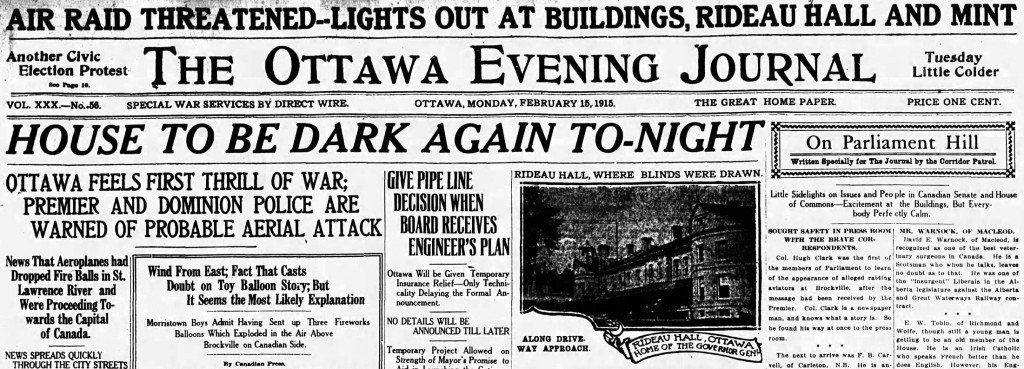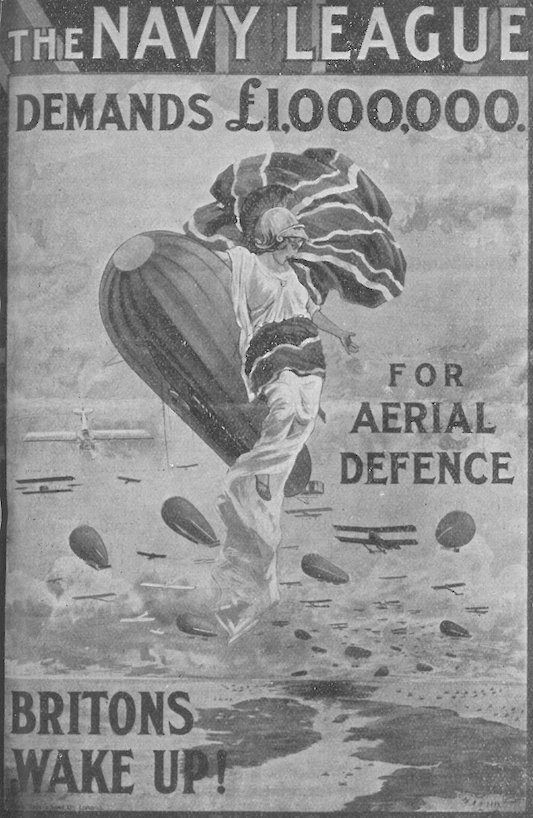Throwing numbers at a map
Since I’ll be undertaking a research trip to the UK this November or so, I need to think about exactly what I’m going to do there. Giving a paper at the AHA is part of that process. That will hopefully help me formulate my approach or at least identify potential approaches to comparing airship, spy […]



